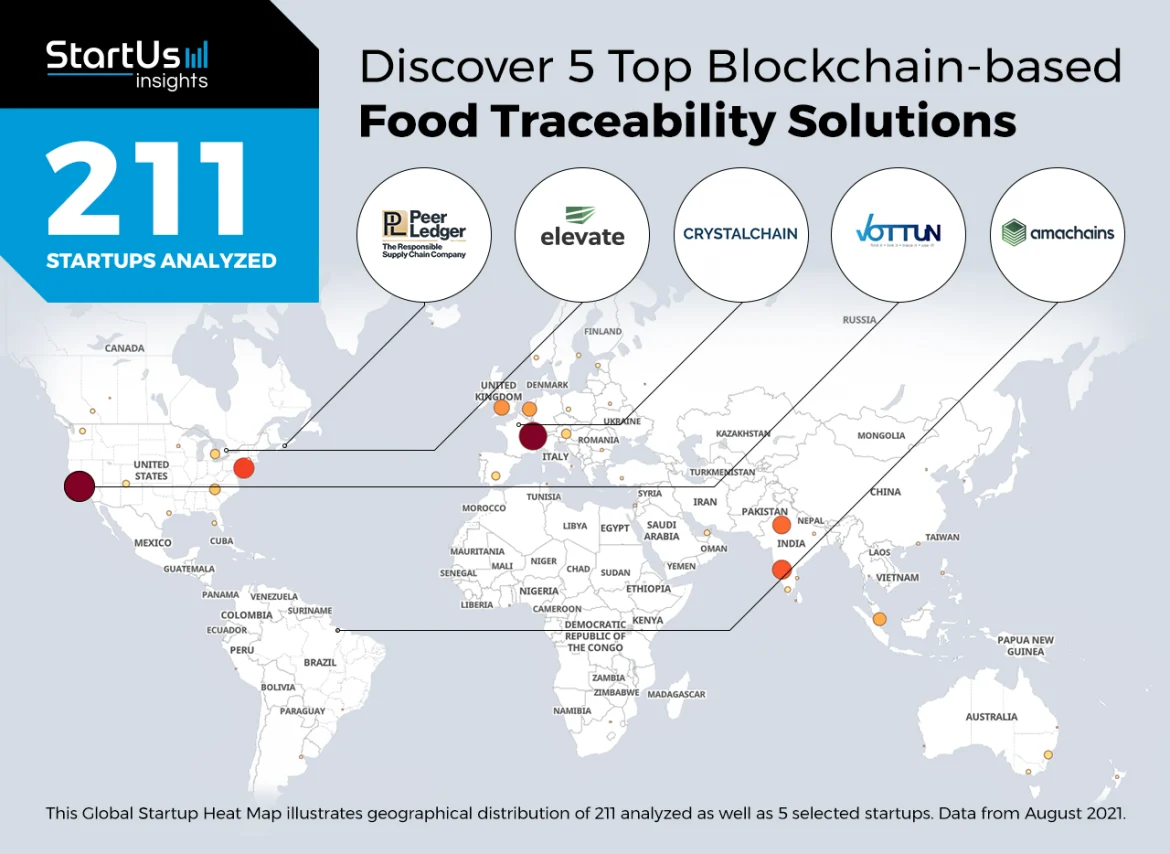Let’s be honest. The journey of a product, from a raw material to something in your hands, is often a complete mystery. It’s a sprawling, global web of suppliers, shippers, and warehouses. And frankly, it’s a system prone to opacity, errors, and sometimes, outright fraud.
That’s where blockchain comes in. You’ve probably heard of it with Bitcoin, but its potential goes way beyond cryptocurrency. Think of it as a digital ledger—but not just any ledger. Imagine a shared, unchangeable record book that everyone in the supply chain can see and trust, but no single person can tamper with. That’s the core promise. And for supply chains drowning in paper trails and blind spots, it’s a game-changer.
The Transparency Problem: Why Our Current Systems Are Broken
Here’s the deal. Traditional supply chains run on a patchwork of emails, spreadsheets, and PDFs. Information gets siloed. A supplier in one country has their data, the shipping company has another set, and the retailer has a third. When something goes wrong—a contaminated food shipment, a counterfeit luxury handbag—figuring out the provenance, the origin story, can take weeks. It’s like trying to solve a puzzle where everyone is hiding their pieces.
This lack of end-to-end visibility creates real-world problems:
- Counterfeiting: Fake parts in aerospace or pharmaceuticals aren’t just costly; they’re dangerous.
- Inefficiency: Disputes over invoices or delivery terms cause massive delays.
- Ethical Concerns: Consumers increasingly demand to know if their products are sustainably sourced and free from forced labor.
Blockchain in Action: More Than Just a Digital Notepad
So how does blockchain for supply chain management actually fix this? It all boils down to a few key features.
Immutable & Timestamped Records
Every time a product changes hands or its status updates—say, “shipped” or “quality inspected”—that event is recorded as a “block” on the chain. Each block is cryptographically linked to the one before and after it. To alter a single record, you’d have to alter every subsequent block across every copy of the ledger held by all participants. It’s not just difficult; it’s practically impossible. This creates a tamper-proof audit trail.
Decentralization and Shared Truth
There’s no central authority. Instead of one company holding all the cards, every permissioned party—the farmer, the exporter, the logistics firm, the retailer—has a synchronized copy of the ledger. This single source of truth eliminates the “he-said-she-said” that bogs down logistics. Disputes over contracts or delivery conditions? The ledger has the answer.
Smart Contracts: The Automatic Enforcers
This is where it gets really clever. Smart contracts are self-executing contracts with the terms written directly into code. Imagine a shipment of perishable goods equipped with an IoT sensor that monitors temperature. A smart contract could be programmed so that payment is automatically released to the supplier once the goods arrive within the specified temperature range. No manual approval needed. It reduces friction and enforces agreements with cold, hard logic.
Real-World Use Cases: It’s Already Happening
This isn’t just theoretical. Major companies are already deploying blockchain-powered traceability solutions to solve specific, painful problems.
| Industry | Company/Initiative | How Blockchain is Used |
| Food & Beverage | Walmart | Tracking leafy greens and mangoes. Reduced traceability time from days to seconds, allowing for instant recalls. |
| Luxury Goods | LVMH | Using a blockchain (Aura) to provide consumers with a proof of authenticity and lifecycle history for high-end bags and watches. |
| Mining & Minerals | De Beers (Tracr) | Tracking diamonds from the mine to the retailer, ensuring they are conflict-free. |
| Pharmaceuticals | Various | Combating counterfeit drugs by verifying the legitimacy of each drug bottle’s serial number. |
For instance, in the diamond industry, a platform like Tracr assigns a unique digital ID to each rough diamond. Every cut, polish, and sale is recorded. A buyer can scan a QR code and see the entire, verified journey of that stone. That’s powerful. It builds trust in a product where trust is everything.
The Flip Side: Challenges on the Road to Adoption
Now, it’s not all smooth sailing. Widespread adoption of distributed ledger technology in logistics faces some real hurdles.
First, there’s the interoperability issue. Getting hundreds of different companies, all with their own legacy software systems, to agree on and integrate with a single blockchain standard is a monumental task. It’s a bit like convincing the whole world to switch to a single type of electrical plug overnight.
Then there’s the “garbage in, garbage out” principle. The blockchain record is only as trustworthy as the data entered at the source. If a corrupt actor inputs false information at the very beginning, that lie is permanently baked into the chain. Physical-world verification, through sensors or trusted auditors, remains absolutely critical.
And of course, cost and complexity. Implementing a new technological infrastructure requires significant investment and a shift in mindset. For many smaller suppliers, the barrier to entry can feel too high.
The Future is Traceable
Despite the challenges, the momentum is undeniable. The demand for transparency isn’t a fad; it’s a fundamental shift in how we expect commerce to work. Consumers want to make ethical choices. Companies need resilient and efficient operations.
Blockchain won’t solve every supply chain woe overnight. But it provides the foundational technology for a new era of trust and visibility. It’s the missing piece that allows us to see the full, beautiful, complicated story of the products we use every day. And that story, once hidden, is becoming an open book.





